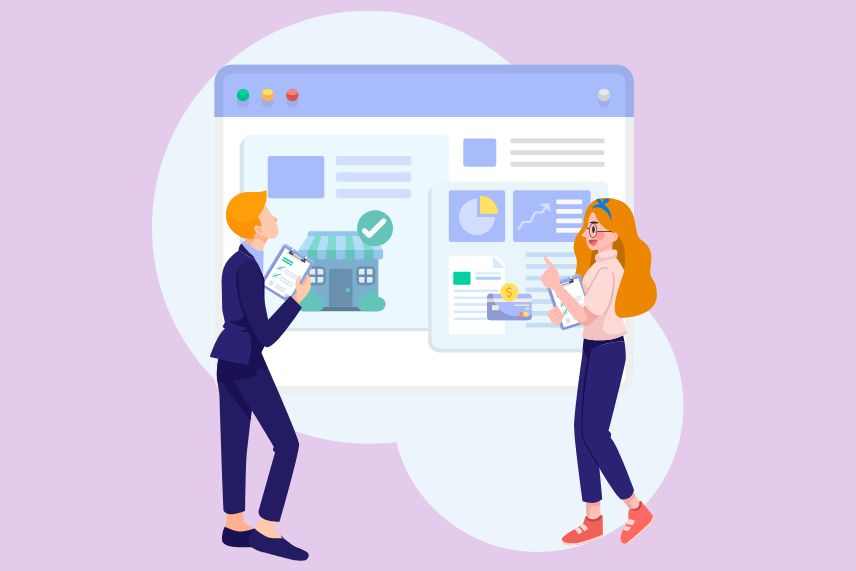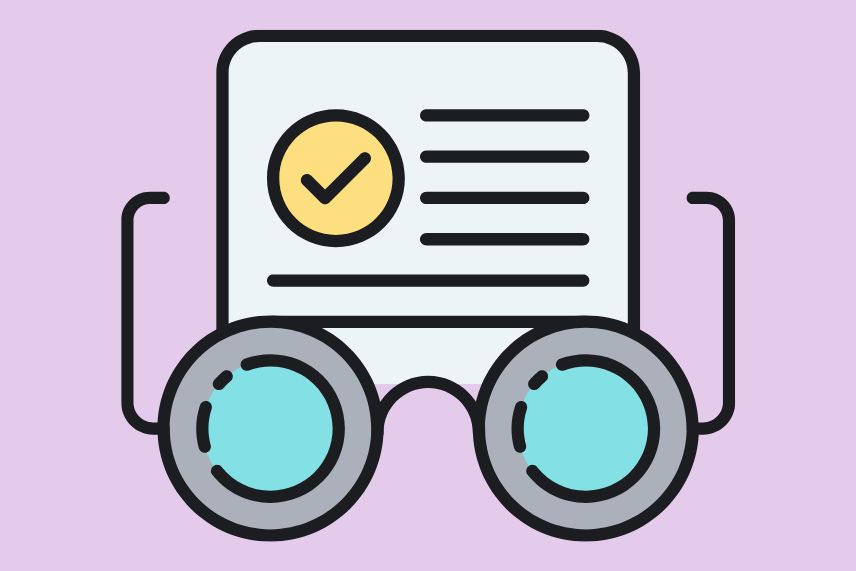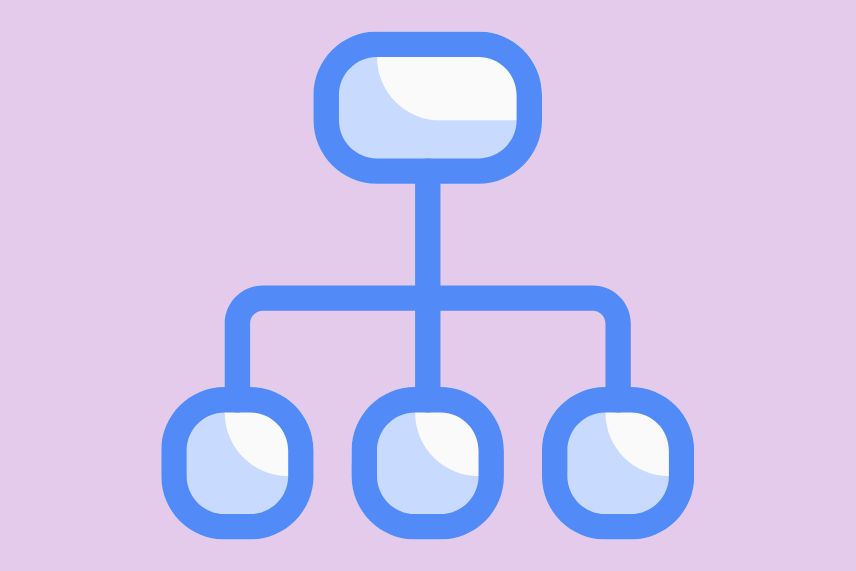You want your website to rank as high as possible in search engine results pages (SERPs). We all do.
But you will need more than just stuffing your website with keywords or buying links. Your website must be well-designed and user-friendly to rank well.
Google has confirmed that mobile-friendliness, speed, and link structure are some of the most critical ranking factors. And proper web design helps you keep the elements in order.
Hence, this article discusses SEO and web design. It explores seven ways effective web design can help boost your search rankings.
You’ll also discover some of the most reliable design software like Figma, and best practices to implement these changes in your website, whether you’re a professional web designer or entrepreneur taking a DIY approach.
What is SEO Web Design?

SEO Web Design is the practice of creating and designing a website with an approach that allows search engines to index and rank it higher in the search engine results pages (SERPs).
To build this website, the web designer must establish a more structured website architecture and use on-page optimization techniques like keyword usage, alt tags, and image optimization.
The relationship between SEO and web design is a crucial one. Web design affects how search engines crawl, index, and interpret a website’s content.
A website with a comprehensive and well-structured architecture increases the chances of getting indexed and ranking higher in SERPs.
When leveraging the power of SEO for your website, you must consider the whole picture; i.e., the design, the content, and the technical aspects of your website should all work together harmoniously. Your website should have a clear navigation structure, effective page titles, and meta descriptions.
Additionally, it’s important to keep the website design up to date with modern web trends and choose a web host that can balance speed, security, and reliability. All these aspects make your website get a better ranking on search engine results pages.
Why is SEO Web Design Important?
Modern consumers have become accustomed to accessing information through search engines, and SEO web design is an excellent way to bridge the gap between you and these consumers.
Around 93 percent of all web traffic is through a search engine. The goal of SEO web design is to create an engaging and user-friendly experience while creating a strong foundation for getting ranked higher in SERPs.
Website performance is another critical factor in SEO. Search engines reward websites with faster loading times since it shows that the website is efficient and user-friendly.
Moreover, a good web design should be responsive and accessible from any device, including mobile phones and tablets. Google also considers whether a site is optimized for mobile to increase its search rankings.
Finally, SEO web design encourages quality content backed by keyword research and targeted toward a specific audience. Search engines aim to help users find effective solutions to their real problems, and to achieve this goal, they must ensure that every ranking content is relevant to the searcher. Hence, you’re compelled to measure up to these expectations.
7 Proven Ways Web Design Can Help Boost Your Search Rankings
1. Optimize Page Loading Speed
Optimizing the loading speed of your web pages is one of the most important things you can do for your website. When a user lands on your website, they expect the page to load within a few seconds.
If the page takes too long, they are likely to become frustrated and leave the page. And this experience will negatively affect your website’s bounce rate, which can hurt your search engine ranking.
There are a few things you can do to optimize your page loading speed.
- One of them is to minimize the number of plugins and add-ons on your website. Removing excess plugins reduces the number of data users’ devices have to load when they land on your website.
- Also, consider using a content delivery network (CDN). A CDN is a system of servers that delivers content from a distributed network of data centers. When someone visits your website, the CDN will serve up the content from the closest server to them, which improves page loading speed.
- Compressing your images is another option to consider. Large image files are the biggest cause of slow page loading speeds. You can compress your images using a tool like Photoshop or ImageOptim. Caching is also effective for this purpose.
In case you’re wondering, caching is a technique that stores copies of pages or images so they don’t have to be loaded again each time they’re accessed. You can use caching plugins like W3 Total Cache or WP Super Cache to improve your page loading speed.
2. Improve Mobile Friendliness
Nowadays, internet users browse the web through their mobile devices. Almost 59 percent of global web traffic in the second quarter of 2022 was via mobile devices.
And as of January 2023, mobile made up 60.9 percent of all global internet traffic. These figures explain why it’s essential to design your website with mobile users in mind, and there are several ways to do this.
The easiest way to make your website mobile-friendly is to use a responsive design. A responsive design will automatically adjust the layout and size of your website to fit the screen of the device used to view it.
And since mobile devices are smaller, it’s advisable to use large text and easy-to-click buttons. This style ensures that your website content is easy to read without the user having to zoom in and out.
Google PageSpeed Insights is an excellent tool for checking the mobile-friendliness of your website. It reveals a website’s overall mobile performance score and provides specific recommendations for improvement.
Finally, avoid using Flash on your website. Flash is not supported on many mobile devices, so using it on your website may cause some users to have difficulty viewing it. Instead, use HTML5, which is supported by most mobile devices.
3. Make Your Content More Readable

Simple changes in web design can go a long way in improving the readability of your content. And if your content is more readable, search engine algorithms will likely rank your website higher on search engine result pages (SERPs).
Typography is the main factor that determines the readability of your website content. Keep in mind;
- Fonts that are too small or difficult to read can make content unreadable and off-putting. The ideal font size is usually 16px to 18px, although that may vary depending on the particular font family. For best results, use a maximum of three font families, preferably sans-serif.
- Always break up your texts into clear and distinct sections. Long block paragraphs are hard to read and can even decrease comprehension. Ideally, aim for three to four sentences per paragraph maximum.
- Use headings, subtitles, and bulleted lists to make the text easier to scan and understand. Doing so will also help highlight the most important pieces of information.
- Finally, use visuals to break up large chunks of text. Try to add a visual element every two to three paragraphs to give readers’ eyes a break and to add interest. This could be an image, a GIF, an infographic, or a video that can illustrate the point you’re trying to make.
4. Optimize Web Accessibility
Web accessibility is an important aspect to consider when building your website. It refers to the ability of visitors with disabilities, such as visual or hearing impairments, to access and use your website’s content and features.
Improving your web accessibility will make your website inclusive to users with disabilities and can help boost your search engine rankings. This feature can lead to lower bounce rates and longer page visits, which are crucial search ranking factors.
Accessibility also makes your website easier to index by search engine crawlers. This is because search engine crawlers rely on HTML tags, and web accessibility improves the quality of these tags by making them easier to read and understand.
Fortunately, several tools are available to help you optimize web accessibility on your site. Design software like Adobe Suite can help you create accessible content, such as alt text for images or captions for videos.
Content management software like Elementor can also help you add outline focus for focusable elements, enable skip content, or add landmark roles to all links. For more comprehensive web accessibility tools, Google’s Screen Reader is a great choice. This tool reads the content on a web page aloud to help users with hearing impairment.
5. Build an Effective URL Structure
Your URL structure is critical to your website’s search engine rankings. A URL structure is the portion of a web page address that comes after the domain name, such as “examplewebsite.com/about-us.”
Having an effective URL structure means that it should be easy to remember and easy to read while also being relevant and descriptive. You can achieve this goal by structuring each URL logically with keyword-rich content.
Your URL structure affects search engine crawlers’ ability to crawl pages on your website. When URLs are structured properly and easily read, search engine crawlers can quickly and efficiently find, index, and rank content. On the other hand, if URLs are long and complex or contain symbols or characters, search engine crawlers will struggle to crawl and index content.
On that note, don’t include stop words (for example, “the,” “a,” “an”) in your URLs; instead, focus on using keywords with greater impact, like nouns and verbs. Limit the number of parameters in each URL as much as possible so that they are easy to remember and navigate on desktop and mobile devices.
Moreover, shorter URLs are less likely to contain duplicate content as they are easier to customize when creating new web pages. This feature will help you avoid any penalties associated with duplicate content.
6. Optimize XML Sitemap
Optimizing an XML Sitemap can also help boost your search rankings. An XML Sitemap is an outline of all the pages on your website, and it helps search engines find and index your content as quickly as possible.
Fortunately, there are several ways to optimize your XML Sitemap. The first is to ensure a clear page hierarchy on your website. Screaming Frog is the go-to SEO software for website crawling, making it an ideal solution for optimizing your XML Sitemap.
It’s a desktop application that enables you to quickly crawl and analyze any website and provides you with an XML Sitemap feature. You can use it to track any missing or broken links, prioritize pages, and identify any bugs or issues.
If you want to avoid paying for a program such as Screaming Frog, The Sitemap Generator is a free online alternative. It can scan your website and generate an XML Sitemap.
There are other ways to optimize your XML Sitemap besides these software programs. You can use an automatic redirect if you’ve recently changed page URLs or limit the number of redirects by selecting server-side redirects instead of client-side.
Additionally, if you have many pages, you can break your Sitemap into multiple files rather than one large one. This approach will help search engine crawlers process it more quickly and efficiently.
7. Improve Website Navigation

Google and other search engines analyze your website’s navigation to ensure it’s easy to access and understand.
Search engines want to ensure that users can find the information they are looking for quickly. And if your website’s navigation is unclear or messy, potential customers may leave your website quickly, which can hurt your search engine rankings.
Therefore, improving your website’s navigation is important for a better user experience.
- Start by giving your homepage and service pages a clear hierarchy. Utilize drop-down menus and breadcrumbs so that users can find information quickly.
- Use clear and concise labels for your buttons and links. This way, visitors will find it easier to understand where they’re going, and it will also help search engines index your content correctly.
- You should also add a search box that’s prominently displayed on all pages, so users can quickly locate the information they need. Ensure that your website navigation is consistent throughout – that way, users can find their way around your site easily.
Getting Started with SEO Web Design
Now that you’ve understood the immense value of SEO web design to improve your search rankings, it’s time to start. If you’re running an existing website and want to optimize it for search engine rankings, the first step would be to conduct a full website audit.
A website audit should identify any technical problems, content and keyword issues, and structural problems currently affecting your search engine visibility. Look for canonical errors, redirect chains, missing pages, and broken links.
Once you’ve identified potential issues, you can start making the necessary fixes to optimize your website for search engine visibility.
Author
Methodology
- Who?
We are SaaS experts: Our specialists constantly seek the most relevant information to help support your SaaS business. - Why?
We are passionate about users accessing fair SaaS pricing: We offer up-to-date pricing data, reviews, new tools, blogs and research to help you make informed SaaS pricing decisions. - How?
With accurate information: Our website manager tests each software to add a Genius Score using our rating methodology to each product. Our editorial team fact-check every piece of content we publish, and we use first-hand testing, value metrics and leading market data.
